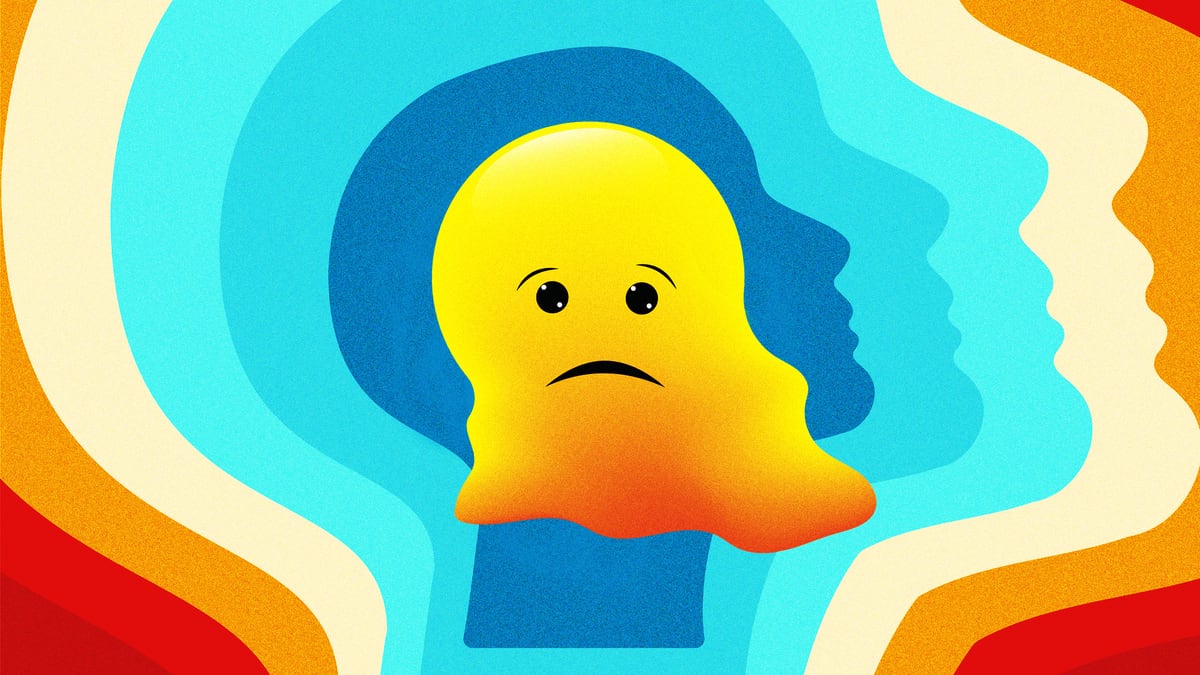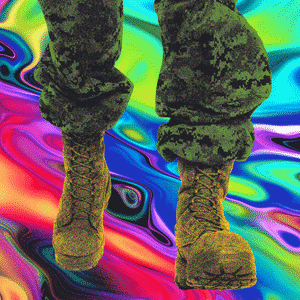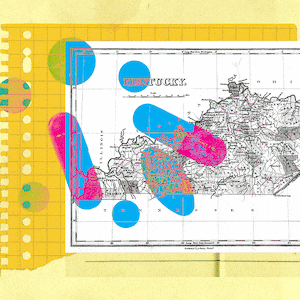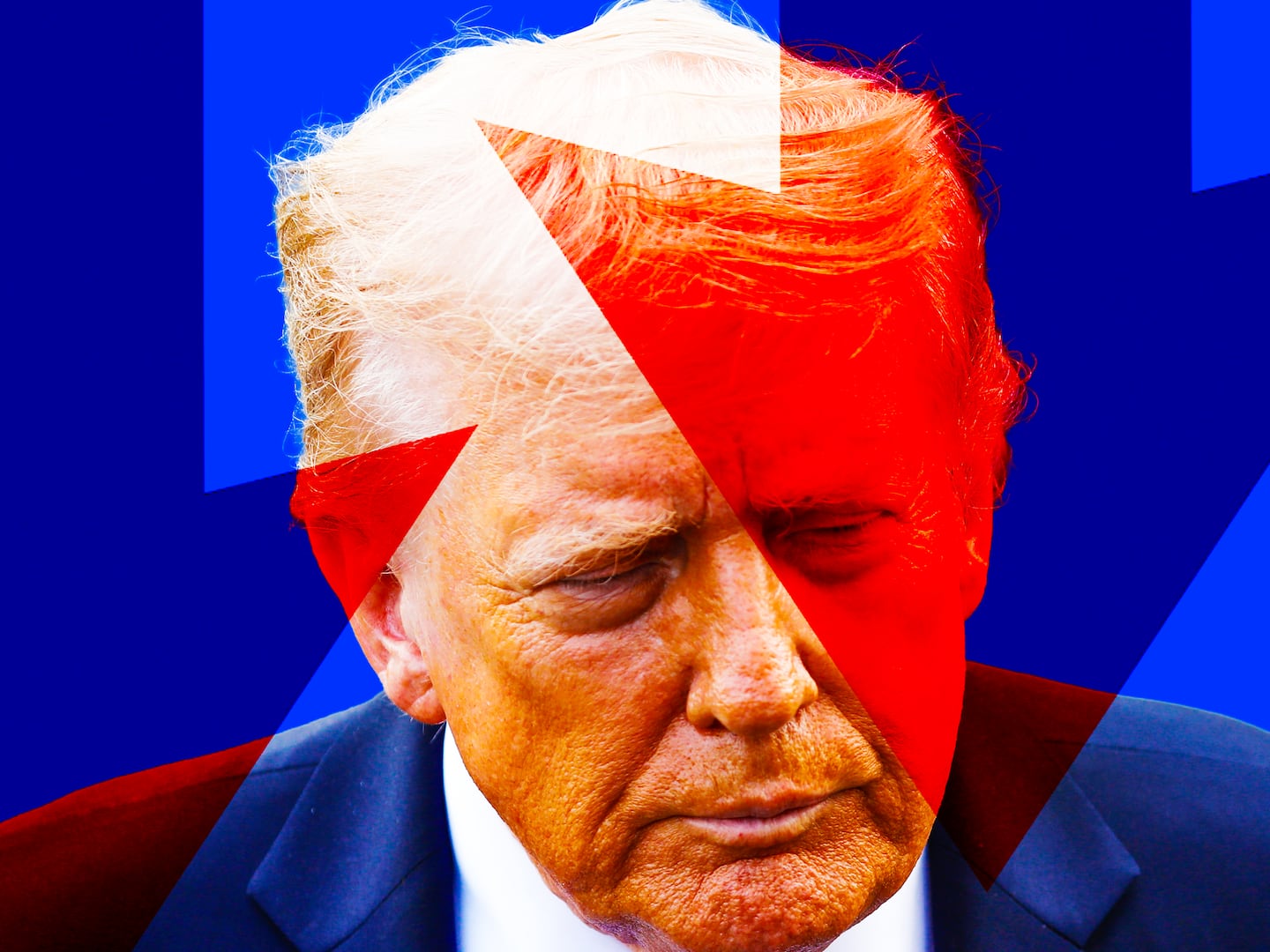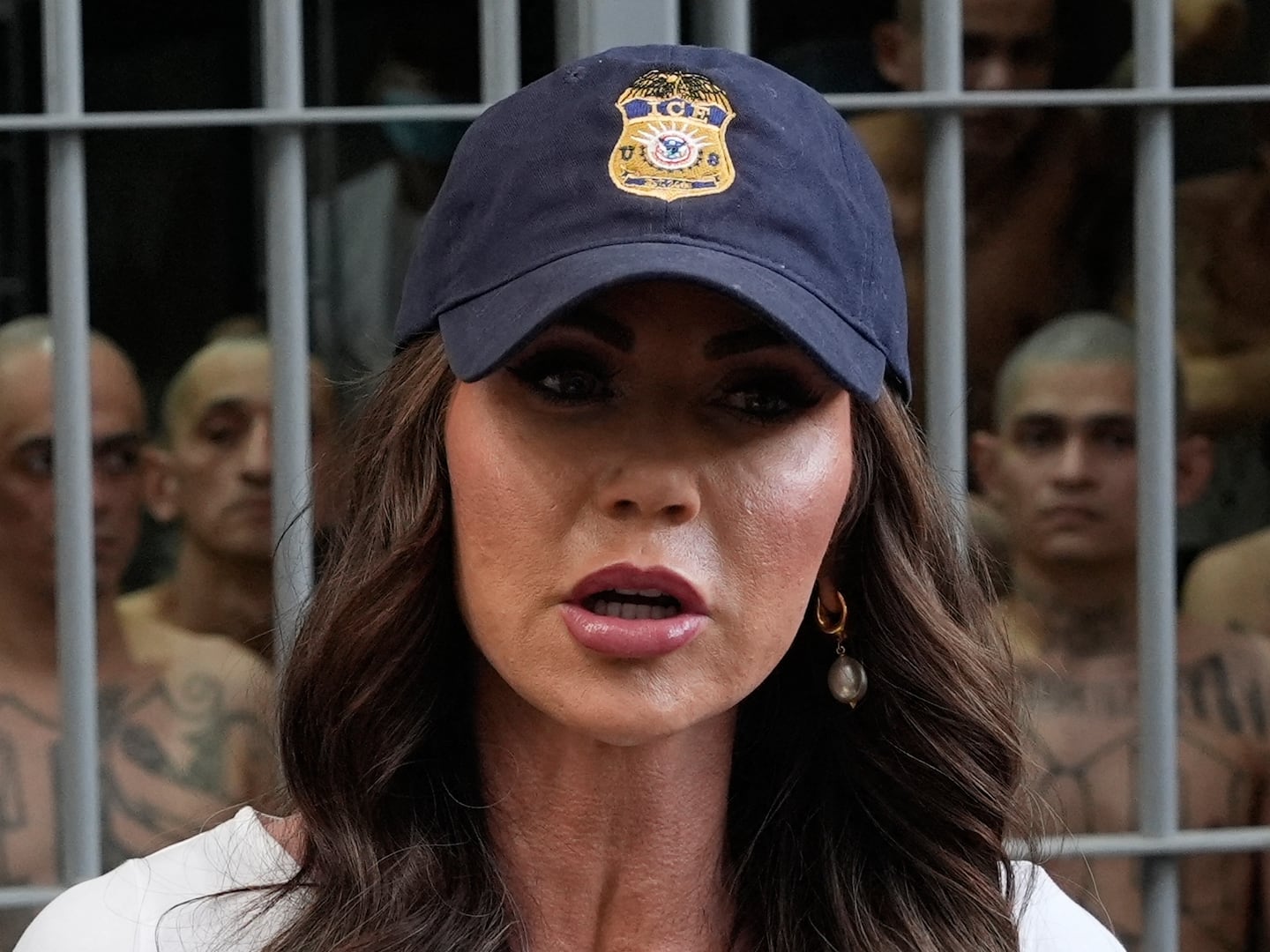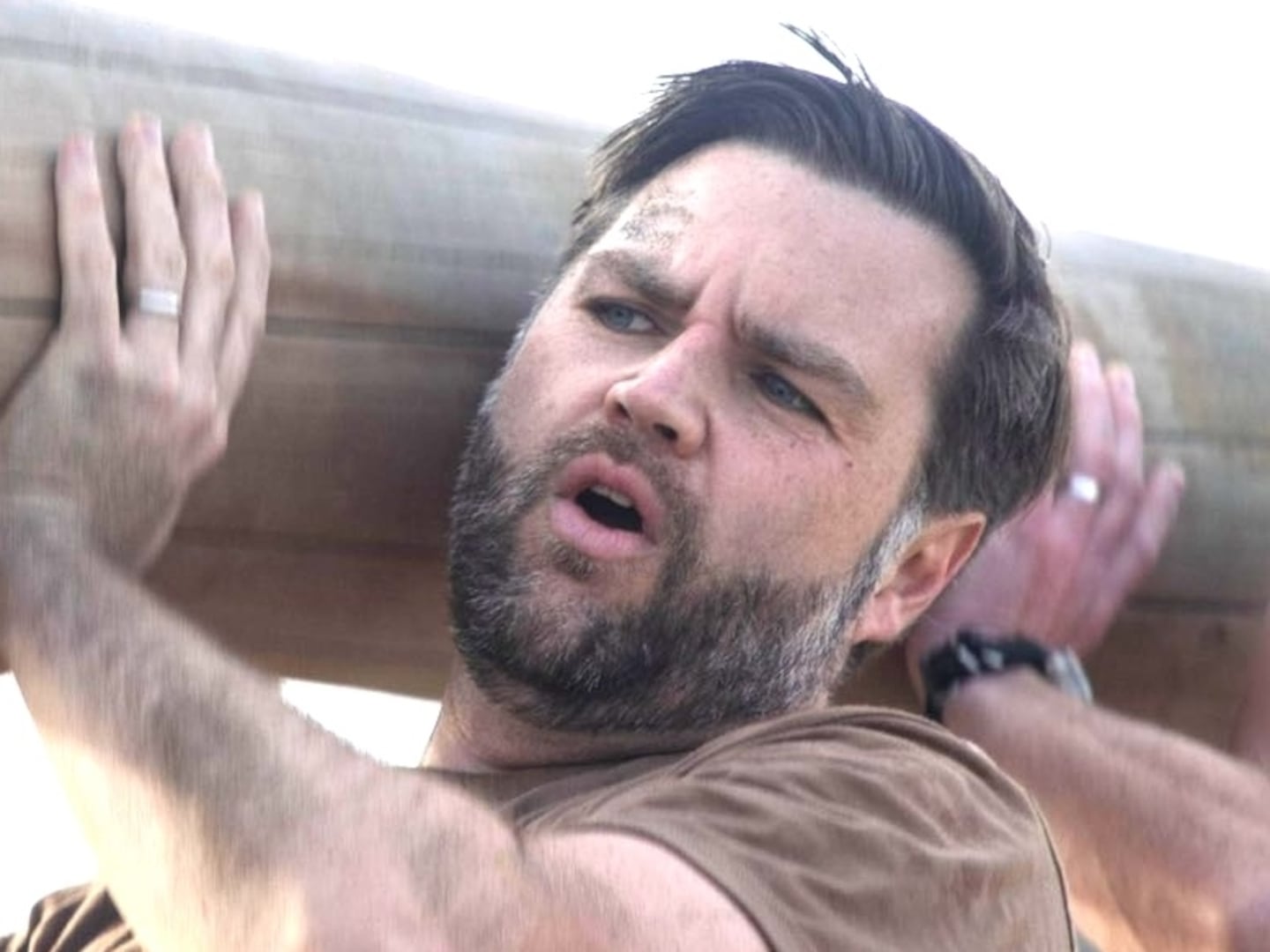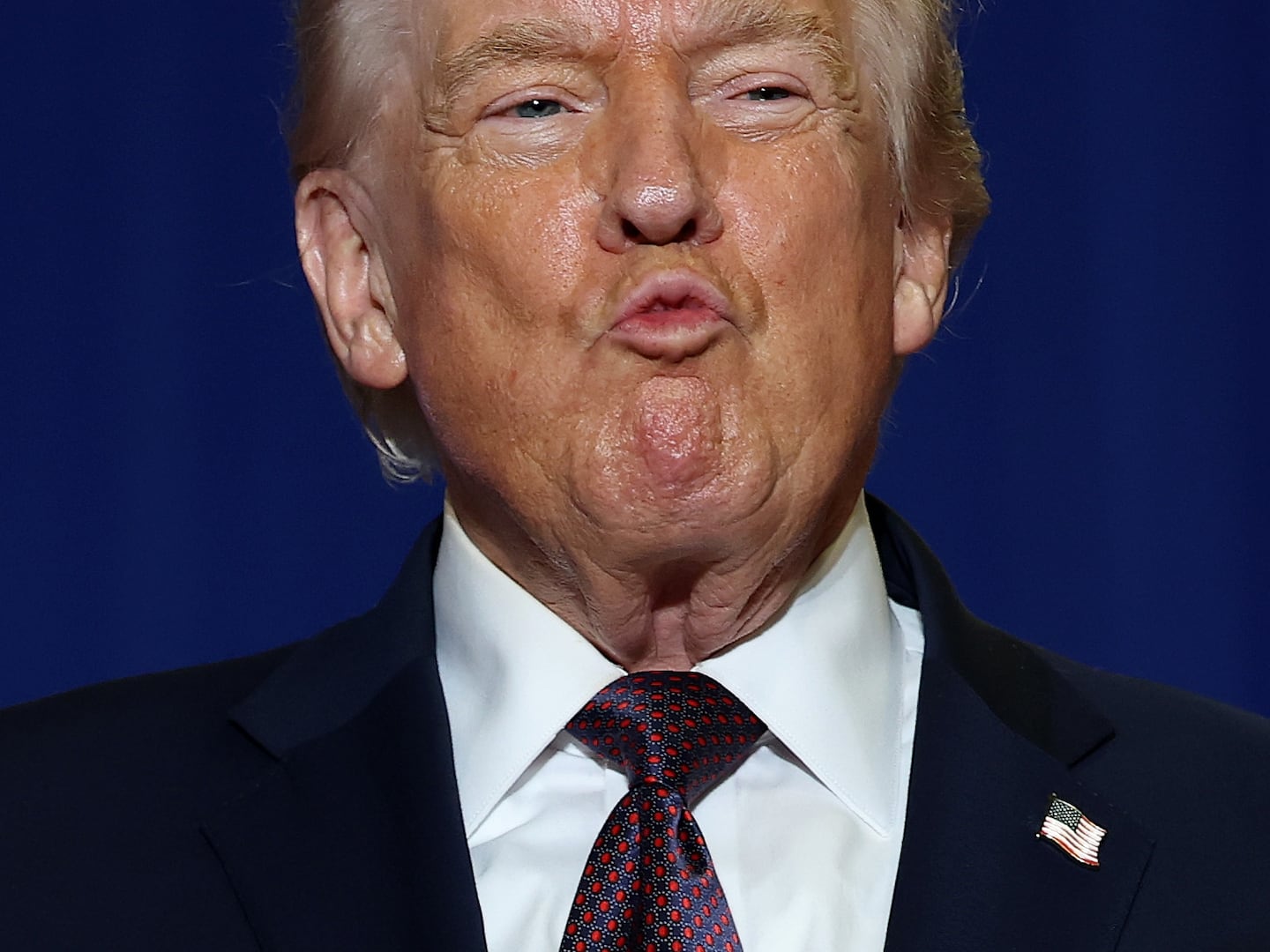Just 48 hours before off-duty pilot Joseph Emerson attempted to cut the engines of a plane on its way to San Francisco from Everett, Washington, he had eaten magic mushrooms, according to a complaint filed by prosecutors. The airplane’s pilots and cabin crew restrained Emerson to prevent him from activating the emergency fire suppression system, which cuts fuel to the engines. He later told investigators that he had a history of depression, hadn’t slept in 40 hours, and had taken the psychoactive drug two days before the flight. The complaint adds that Emerson said, “I’m not OK.”
“I thought it would stop both engines, the plane would start to head towards a crash, and I would wake up,” he later told The New York Times.
While investigators haven’t said if Emerson, who is now charged with 83 counts of attempted murder, was using psilocybin in an attempt to treat his depression, the incident underscores a concern long expressed by a growing minority in and around the psychedelic community: the dangers of overhyping the potential of psychedelics.
There are many excellent reasons to be excited about the therapeutic use of psychedelics—specifically, they show promise in treating some of the most pernicious mental issues, including treatment-resistant depression, PTSD, and substance use disorders. However, a growing number of experts worry that the hype around psychedelics leaves the public—especially vulnerable people who are desperate to find treatments that work—unaware of the potential risks and harms that can result from psychedelic use.
Jules Evans is the director of The Challenging Psychedelic Experiences Project. He told The Daily Beast that he knows lots of people who have had really positive, therapeutic psychedelic experiences. But he also interviews people who have been let down or even harmed by their experience.
“There are difficulties people get into on trips and after trips,” he said. “Those difficulties can last days, weeks, or lifetimes.”
He added, “In the worst case, you get people who develop lifelong chronic psychotic disorders, which is rare, but it does happen. Or they lose their lives in an accident. It’s also rare—but it happens.”
Dangerous Misconceptions
Evans is disappointed by how little effort has gone into safety education. “There’s been so much promotion of psychedelics as a means to healing,” he said. “But there hasn’t been a concerted public education campaign about some of the harms or potential risks of psychedelics.” These harms can include things like prolonged derealization, or the feeling that one is in a dream, as potentially evidenced by Emerson.
In October, Evans and his colleagues published a mixed methods study in the journal PLOS One where they found that derealization was among the most common difficulties people reported after challenging psychedelic experiences. It’s possible and even likely, Evans said, that Emerson’s feeling that he was dreaming and just wanted to wake up (by crashing the plane) was the result of his psilocybin use 48 hours prior.
“The pilot probably had no idea that mushrooms could still affect him a day or two after taking them, and so arranged the flight in advance,” Evans said.
Even more disturbingly, many purported experts in the field aren’t well-versed in these risks either. In an article about the incident, The New York Times quoted two experts as being “skeptical” that Emerson was still under the influence while on the plane—including one source who claimed that the effects of psilocybin “completely leave a person’s system within a day” and paranoia is only likely to happen if “there’s an underlying mental health condition.”
That is flatly untrue, according to Evans. In a study published in Nature in September, researchers found that, of people who had long-term negative effects from psychedelic use, almost half of the interviewed participants described derealization experiences. Evans and his colleagues administered a survey on the same subject and found that 15 percent of respondents experienced derealization in the days, weeks, or months after their experience.
“This is why we need better research and public communication on risks,” Evans said. “So people know that you can be shaken up for a few days afterwards, and it’s a good idea to have loved ones close, and preferably you don’t have to drive or be in a cockpit!”
Moreover, psychedelic-assisted therapy is predicated on the idea that it will be helpful specifically for people with underlying health conditions. An accurate picture of how psychedelics affect mental health must include the good as well as the bad, Evans said. That includes more research into difficult psychedelic experiences and who might be most likely to have challenging experiences.
“The media, and to some extent the academic community, have been saying, ‘Try psychedelics, you’re going to have this kind of experience, you’re gonna have a mystical experience, you’re going to have blissful ego dissolution,’” he said. “But then, if people have difficulties afterwards, like derealization, there’s very little information out there for them.”

Inside the Hype Machine
There are many sources feeding psychedelic hype. The most prominent and powerful is undeniably the Multidisciplinary Association of Psychedelic Science (MAPS). In June, MAPS hosted the Psychedelic Science 2023 conference in Denver, an event which was, by many accounts, a pure distillation of psychedelic hype. Roughly 12,000 people crammed into a conference center to, as MAPS put it, “be part of the breakthrough.”
Attendees paid a minimum of $805 for the three-day event. Visuals from the opening ceremony seem akin to something found in a megachurch: Thousands of faces looking up at the stage with breathless anticipation, while a man dressed in an all-white suit walking onto the stage as blue spotlights dance behind him. The crowd leaps to their feet, cheering. Rick Doblin, founder of MAPS, grins as he opens his arms to the audience. “Wow, wow,” he says, basking in the applause. “Amazing. Amazing.”
“The future is psychedelic!” Doblin cries out. “Welcome to the psychedelic twenties!”
Later in his presentation, Doblin outlined his belief MAPS needs “a new vision for the next couple decades and generations. And this new vision is toward a world of ‘Net Zero Trauma by 2070.’”
“We’re gonna need to work with refugees, with migrants, with victims of violence and war, with victims of sexual trauma,” he said. “We’re going to need to use psychedelics for conflict resolution. And you’ll hear at this conference that there are small groups of Israelis and Palestinians using MDMA and ayahuasca together to try to find their common ground.”
In short, if we give psychedelics to enough people, we can heal the world—even one of the most contentious ongoing conflicts in the Middle East. This rhetoric is by no means specific to MAPS, though it is undeniably the loudest voice perhaps because it’s in an excellent position to profit from widespread acceptance and use of psychedelics.
In 2014, the nonprofit created a for-profit subsidiary, MAPS Public Benefit Corporation (MAPS PBC), “focused on developing and commercializing prescription psychedelics to bring better treatments to those living with mental health conditions.” In Sept. 2023, MAPS PBC announced its plans to submit a new drug application to the Food and Drug Administration seeking approval for MDMA-assisted therapy.
The “psychedelics will save the world” narrative not only contributes to the hype by treating these substances as the solution to every problem facing the planet, but also adds to the backlash many experience when raising concerns about psychedelics.
“Ends justify the means reasoning is everywhere in this field,” Neşe Devenot, a senior lecturer at Johns Hopkins University, told The Daily Beast. Devenot gave a talk called “You can be both Pro-Psychedelics and Anti-Hype” at this year’s Breaking Convention, Europe’s largest psychedelic conference. According to Devenot, when people speak out about issues in the psychedelic field or question how psychedelic therapy is implemented, many in the community will suggest that the questioner doesn’t care about fixing all the problems Doblin outlined.
“People will present it as, ‘Oh, you don’t want to fix climate change, you don’t want to face the rise of fascism. You don’t want to alleviate suffering,’” they said. “It’s not actually that simple.”
This hype inevitably leads vulnerable people to seek relief from mental health conditions through psychedelics. When this happens, lingering effects of the substances aren’t the only potential dangers.
Reports of sexual abuse, both in the underground and mainstream psychedelic community, are well documented, with one incident even occurring on video during a MAPS clinical trial. Notably, the patient in that incident was seeking treatment in part for trauma stemming from a previous sexual assault.
MAPS—who did not respond to The Daily Beast when reached for comment—made a statement that the facilitators in question “deviated from MAPS policy.” But Devenot said the actual training materials are “completely insufficient.”
“They say touch should be non-sexual,” Devenot added, “but they never define what’s non-sexual.”
Indeed, MAPS’ training manual on challenging psychedelic experiences suggests touch as one possible remedy when someone is having “a powerful psychedelic crisis.”
“One could do some deep, focused bodywork, just hold someone (meeting their needs) or gently massage them,” the manual says. “Always ask for permission regarding any kind of physical contact.”
Legally and ethically, however, a person cannot give consent if they’re under the influence of a psychedelic drug. Further, survivors of sexual abuse can have a wide range of triggers around touch.
When asked for comment regarding the guidelines around touch in its “Difficult Psychedelic Experiences” training manual, MAPS Public Benefit Corporation directed The Daily Beast to Dominic Sisti, an associate professor of Medical Ethics and Health Policy at the University of Pennsylvania. Sisti helped craft the MDMA-assisted therapy Code of Ethics and has experience with MAPS clinical trials.
“This is why I think there should be an enhanced informed consent process wherein patients are educated about touch and how it works and when it is appropriate," he told The Daily Beast in an email. "But if the patient/research subject said no to touch during the informed consent process, then they shouldn’t be touched even if they are asking for it while they are having an experience, unless they are unsafe.”
“For a field that is talking so much about how touch can be important and necessary, I would think that you’d want to set up systems that protect people,” Devenot said. “But in practice, they’re creating loopholes and gaps which bad actors are able to just drive through.”
The more psychedelics are overhyped, Devenot said, the more demand there will be for psychedelic therapy. Without guardrails and open conversation about these issues, many of the bad actors Devenot mentioned have a steady supply of potential victims.

Far Out Findings
There are two essential components to psychedelic hype: data and messaging. The message that psychedelics can save the world and are a silver bullet for mental health conditions is obviously problematic. It’s also based on the idea that the studies into psychedelics for mental health treatment have unprecedentedly positive results. However, some researchers are concerned about the validity of those studies.
In May 2023, Michiel van Elk and his colleague at Leiden University’s Institute of Psychology in the Netherlands, Eiko Fried, published a paper in the journal Therapeutic Advances in Psychopharmacology outlining some of the most common issues found in clinical psychedelic studies. For example, the authors point to a lack of transparency in how adverse outcomes—or when negative and unwanted effects occur in a study—are reported.
Van Elk and Fried offer one example that’s especially notable in the context of the off-duty pilot’s attempt to crash the Alaska Airlines flight. The researchers cite a clinical trial that found participants who took psilocybin had an increased risk of suicidal ideation and intentional self-injury. Suicidal behaviors were observed in three study participants, but in an interview with the Guardian the study authors dismissed those behaviors as “probably random events and unrelated to the dose of psilocybin, which would have been fully cleared from the patients’ bodies.”
Van Elk and Fried noted that the authors’ conclusion is only applied to negative results. “The opposite rationale is applied to successful treatments: people get better despite the drug being fully cleared from the patients’ bodies,” Van Elk and Fried wrote.
Another issue with many psychedelic science studies is the “difficult if not impossible” task of double-blinding—a process in which neither the participant nor the study facilitator knows if the participant has gotten an active dose (in this case, a psychedelic) or placebo. Double-blind studies are considered the gold standard for any clinical trial because they reduce biased outcomes. Without it, bias has a much greater chance of impairing the results. Other issues Van Elk and Fried found include the lack of control groups, inaccurate representation of the data, and replication issues, just to name a few.
“Researchers, therapists, and psychiatrists should communicate clearly about the knowns and the unknowns of psychedelic therapy,” Van Elk told The Daily Beast. “They could emphasize, for instance, that while initial results appeared promising, there is still a lot of uncertainty about the efficacy and safety of psychedelic therapy; hence the need for better and more rigorous controlled trials.”
This message doesn’t always make it out in the media. Fried, a psychologist and methodologist, noted on his blog that “it’s much sexier” to write about the wonders of a miracle psychedelic drug than to dive into the relatively boring minutiae of how they may or may not work.
Joe Welker, a ministry fellow graduate at Harvard Divinity School, writes the Psychedelic Candor newsletter. He told The Daily Beast, “Even as psychedelic therapy is growing in popularity, the amount of people who actually spend time digging into the details of all this stuff is very, very small.”
That’s why it can be hard to push back against the hype without seeming like you’re anti-psychedelics or pro-drug war. “Most people think the cool, hip psychedelic science people have figured out their way around the stodgy conservatives who are just the old drug war people,” Welker said.
None of the experts The Daily Beast spoke with for this story believe psychedelics are inherently bad. They’re simply urging caution, further research, and a realistic analysis of what the existing research shows. The opposite of criminalization is not medicalization, no matter what those hyping psychedelic therapy might suggest.
“There’s a feeling, even among people who are not necessarily [psychedelic] evangelists but sympathetic to evangelists, where you feel like if you have criticism, you’re just destroying people’s hope for relief from these mental health conditions,” Welker said. “It’s unfortunate that that’s the visceral feeling when criticism and critical engagement are absolutely how we have to walk through this.”

